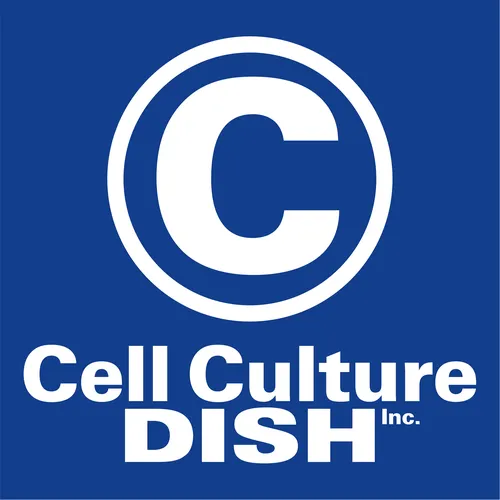Successful Methods for Perfusion Process Optimization
- Author
- The Cell Culture Dish
- Published
- Wed 24 Jul 2019
- Episode Link
- https://cellculturedish.com/successful-methods-for-perfusion-process-optimization/
In this podcast, we interviewed Dr. Andreas Castan, Principal Scientist at GE Healthcare Life Sciences about the best methods for optimizing perfusion processes. This included a discussion of tools for media optimization and innovative cell separation techniques.
Show Notes
I began the podcast by asking Dr. Castan what makes perfusion a good manufacturing platform? He identified several reasons including short residence times in the bioreactor through adding fresh media and removal of spent media and as a result is perfect for unstable molecules. Perfusion permits processes to be run with high volumetric productivity by maintaining high cell densities for a long period. With perfusion there are many opportunities for process intensification and it is a good way to quickly get started with production, provided you have a good batch media that cells like.
Next I asked if there were any specific product types or situations that are an especially good fit for perfusion? Andreas described three primary areas – unstable products, integrated continuous manufacturing platforms and process intensifications for removing bottlenecks in manufacturing. Examples would be cell bank manufacturing to create high density cell banks, seed train to remove steps or produce high viable cell density inoculum or hybrid processes of both perfusion and fed batch technologies.
We then discussed the importance of optimization for perfusion processes and the various approaches for optimization. Andreas said it is important to optimize processes to gain the product quality and the process economy that you are aiming for. Cell culture media is the most important thing to optimize in perfusion culture. In order to achieve good throughput for your optimization it needs to be performed in a scale down model then results must be verified under bioreactor conditions.
Then I talked to Andreas about a recent poster he authored and presented at ESACT. The poster outlines development of perfusion specific media and designing medium that supports low cell-specific perfusion rates. I asked him to explain what cell-specific perfusion rate (cspr) is and why a low cell-specific perfusion rate is important? Andreas explained that cell-specific perfusion rate is the volume of media added per cell per day. If you assume your medium supports a cspr of 50 picoliter and you want to run the process at 30 million cells/mL your volumetric perfusion rate would be 1.5 bioreactor volumes per day. If you take the same medium with 100 million cells/mL you would need a volumetric perfusion rate of 5 bioreactor volumes per day, which is not feasible for production. A medium with a better depth of cspr of 10 picoliter at a cell density of 100 million cells/mL would have a volumetric perfusion rate of 1 bioreactor volume per day, which is feasible for production.
His team investigated screening methods to develop medium with a very low cspr. They started with basal media, then screened different feed solutions and Cell Boost feeds in batch mode. The Cell Boosts with a positive impact were taken to a DOE study in spin tubes that replicated perfusion conditions, then promising formulations were moved to perfusion processes in WAVE or the XDR bioreactors.
Poster – Perfusion media development for scalable processes
Next I asked him if you can turn a fed-batch medium into a perfusion medium? He said yes, transferring a fed batch media to a perfusion process is a simple process. He lays out the methodology in the previously mentioned poster and they have done this for two cell lines and three fed-batch media and feeds. The methodology is also described in the Biotechnology Process Journal Article, “
